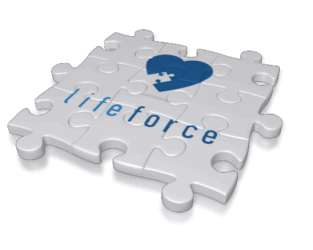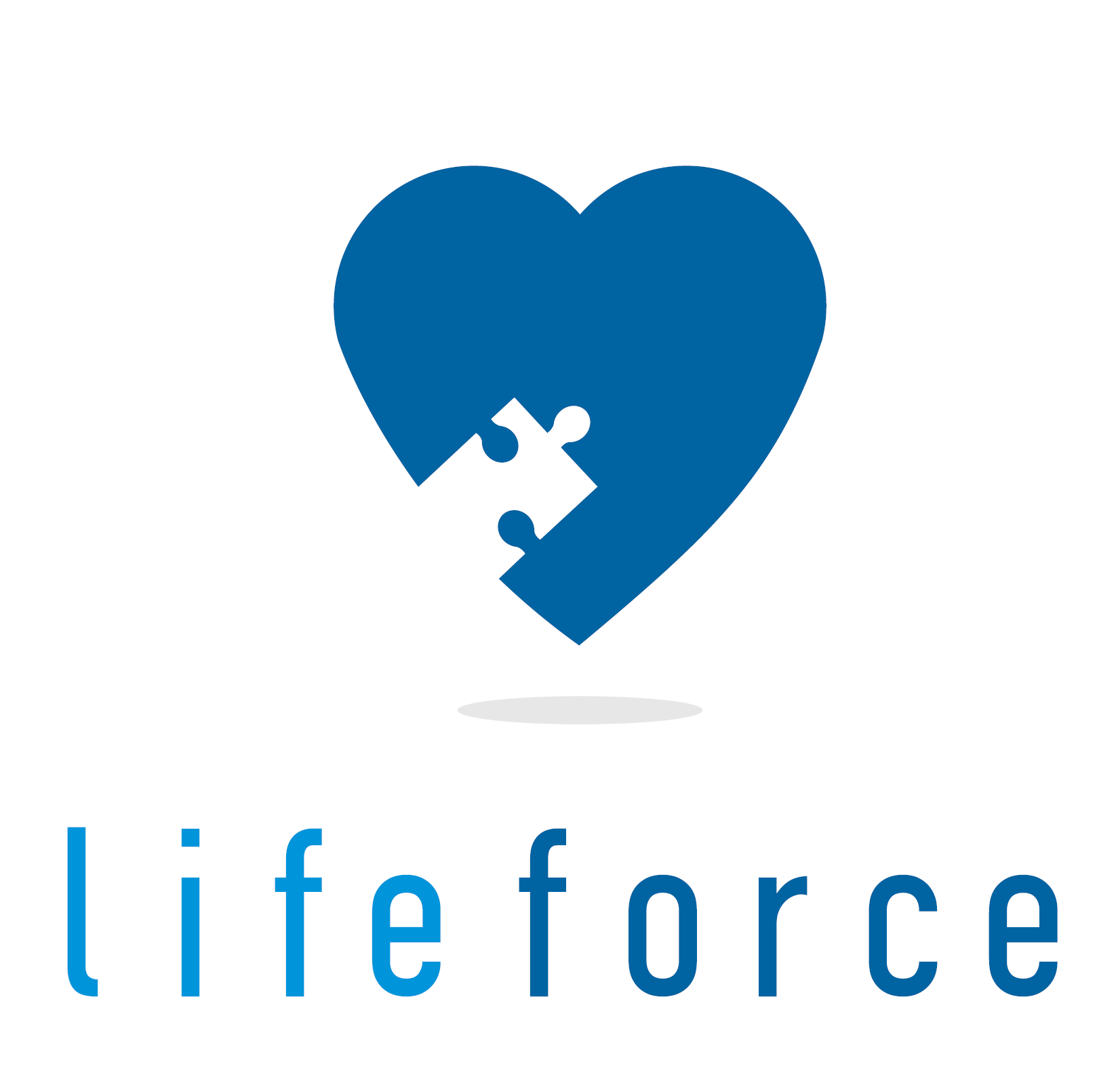The output provides the educational material to deliver the actual pre-training. This material successfully promotes critical thinking, creativity, collaboration, communication, flexibility, adaptability, and initiative taking.
This task adopts state-of-the-art tools and creates a highly stimulating, audiovisual learning experience enriched by distinct custom-built conceptual art and colour-code schemes to uniquely identify separate learning modules.
Skill visualization and sequential representation, reinforced by music, facilitate the recall of the new lifeforce algorithm, helping pupils to retain the taught skills for longer and be “primed” for subsequent BLS training at the 4th grade.
Four posters have been created: the lifeforce Basic Life Support Algorithm, Emotions Map, Categorisation and Taxonomy of Perceptual and Cognitive Skills.
The lifeforce Basic Life Support Algorithm poster presents the 7 stages of the algorithm which is adapted to the European Resuscitation Council’s official guidelines for Basic Life Support 2021.
The Map of Emotions is a poster with 40 emotions, designed to familiarise students with recognising and separating the subtle nuances of their inner mental state.
Poster to categorize the selected skills related to the lifeforce BLS algorithm into age groups. Taking into account the cognitive, linguistic and emotional development of the age groups, we created the lifeforce material featuring a series of activities of different levels of difficulty, specifically adapted to the developmental level of children aged 6-10 years.
Poster for the classification of skills related to the lifeforce BLS algorithm. A range of cognitive, perceptual, language, communication, social and emotional skills related to the application of the lifeforce BLS algorithm. Some of these are involved in all steps of the algorithm, while others are activated at certain stages/steps. These skills have been broken down into building blocks. Each building block has been mapped to the corresponding steps of the algorithm.
The lifeforce educational cards consist of large, colour-coded dividers that introduce each unit/topic. These are followed by large cards (110 cards) and small cards (90 cards), with the front and back side designed and colour-coded, and with the corresponding colour differentiation of the module they belong to. The small cards were developed for students and the large cards for teachers. All small cards are in dyslexia-friendly font so that they are readable by all pupils, including children with learning disabilities.
They are divided into three main groups relating to the BEGIN the MIDDLE and END of the lifeforce course structure and they consist of thematic units.
Please download a description of the large and small cards and an index of all the cards.
The Emotions Board Game is played by two or more teams and includes questions related to emotional awareness and self-regulation. The aim of the game is to observe, experience and manage the students’ emotions in a series of situations, more or less serious, but all of which are common and human. A key condition for the success of the game is not to follow the traditional way of thinking, e.g. the first one reaching the end wins, but suggest alternative ways, as suggested in the instructions, e.g. the second one who reaches the end wins, or other ways, which will be agreed among the students and the teacher. It is a game that challenges both the teacher and the students to experiment, cultivate their imagination and flexibility and, above all, enjoy the ride.
Strength Lies Within
Six children from different parts of the world meet at the Playland camp in beautiful Chalkidiki and the adventure begins… when one of the camp’s ponies goes missing! Just as their group seems to be on its trail, the camp caretaker collapses and the six kids are on a hill around him! How do they feel? What should they do? … Fortunately, some of them know first aid and with close cooperation, effort and the valuable contribution of the other children, they manage to bring him back to life! During the party organized at the end of the camp season, they celebrate the good news and share thoughts and feelings about their unforgettable experience, which brought them closer…
The lifeforce alphabet story is followed by activities, each of which is presented by a hero. Some of them can be done in two ways, depending on the selected degree of difficulty, e.g. the students can draw or write their answers. The final activity is presented by all heroes and prompts the student to involve family members and friends in CPR training and then, assess their responses. Thus, the aim is to raise the awareness of as many people from the community as possible and to consolidate the already existing knowledge of the student, who assumes the role of an instructor.
The heroes of the alphabet story have unique characteristics, special inclinations, preferences and inherent difficulties, so that they are representative of a large part of the student population. In this way, the sensitive issue of inclusive education is touched upon. It is also of particular importance the demonstration of the different reactions of the heroes, both emotionally and behaviorally, in crisis situations in order to strengthen the freedom of expression of young readers, the exoneration of their reactions, as well as the acceptance of themselves and those around them. Finally, apart from CPR training, the lifeforce alphabet story seeks to convey messages of friendship, cooperation, love, solidarity, empathy, responsibility, acceptance of diversity, crisis management, self-esteem and self-belief.
lifeforce songs
Five songs were created for the lifeforce program. The song “Right and left for me and you” was developed with the aim to help young children identify easily the right and left parts of the body as they refer to their own body and the body of a person facing them. The main aim of the four remaining lifeforce songs (“Call for Help and Find an AED”, “ lifeforce BLS Algorithm”, “Thirty and Two” and “Three steps” is the establishment of the steady beat of 110-120 b/m (for CPR) in long term memory and the memorization of a set of steps (actions) that the students would have to perform with no delay and in the correct order. In these cases, the songs may act as memory facilitators but at the same time as motivators and emotional stabilizers.
To facilitate learning and performances, the songs are available in a voice with accompaniment form but also in a Karaoke form.
Breathing sounds
To help pupils gain knowledge and practical experience on the different breathing types (normal, slow, fast, agonal and noisy), respective sounds files have been created.
These are essential for the “Check for normal breathing” stage of the LIFEFORCE BLS algorithm and can be used for the various breathing activities in the educational cards and the Teacher’s handbook.
Normal breathing
Fast
Slow
Noisy
Agonal

